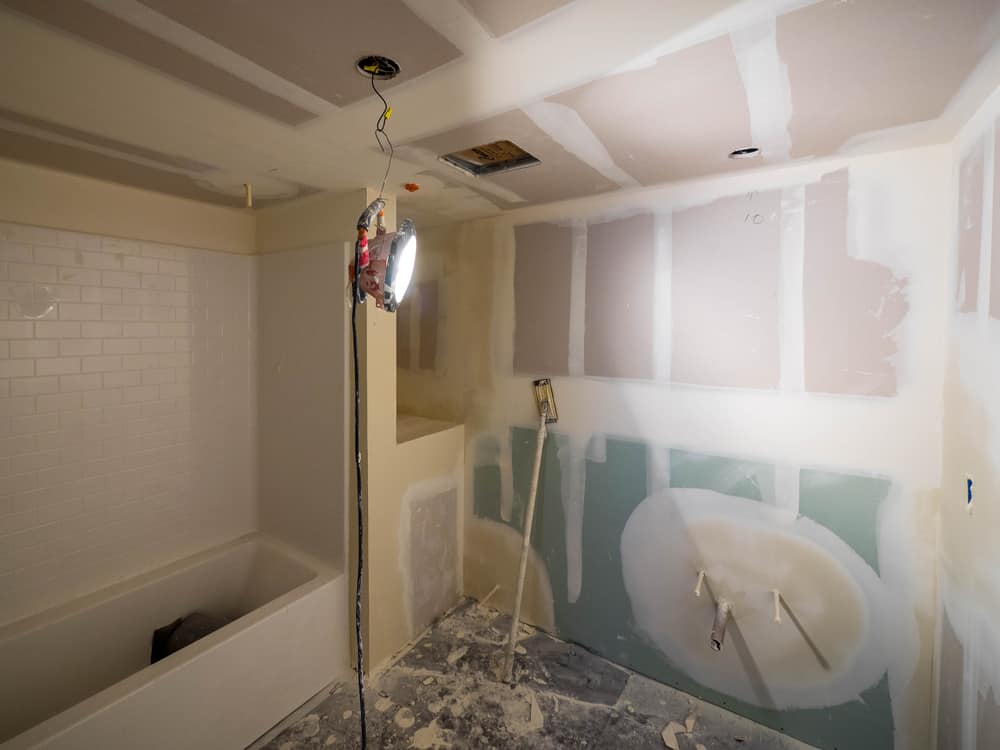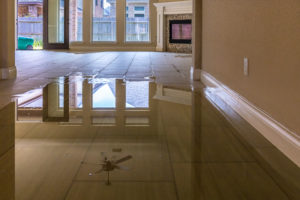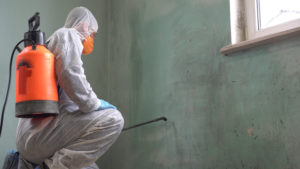Bathroom Drywall was first discovered and utilized by America. Before that, the partitions in bathrooms were fabricated from lath, stone, plaster, wood, mud, and concrete. In some cases, various materials are made to cater to different bathroom combination layouts. However, with drywall coming to the picture, things changed, so did the planning trends. Today, drywall is widely utilized in both commercial and residential bathrooms.
What Is Bathroom Drywall?
It is defined by various other names too, i.e., sheetrock, plasterboard, wallboard, custard board, gypsum board, buster board, and gypsum panels. as compared to the plaster and lath board installation process, drywall is more convenient to use and install. Naturally permeable, sturdy, and light-weight , drywall is simple to use and far cheaper than conventional bathroom partition materials.
Commonly used for toilet walls and ceilings, it can make sure you greater advantages and more durability when mixed with foam or plasticizers. Because drywalls are more prone to mold and fungus growth, mixing the organic drywall with plasticizer or foam makes it more water-resistant and fewer flammable. It also lessens the danger of fungus and mildew development to a big level. contact us for Bathroom Drywall
Drywall Types
Drywall comes during a range of types and those variants are segregated by their viscosity. Also, the additives utilized in drywall formulation, colors of the outer coating, and their functionality play major roles in differentiating the drywalls. the foremost popular sorts of drywalls that are mostly utilized in residential bathrooms are:
Blueboard
Cement Board
Enviro-Board Drywall
Greenboard
Paperless Sheetrock Drywall
Purple Drywall
Soundboard Drywall
Soundproof Drywall
Type X & Type C Boards
Whiteboard
Among of these drywall variants, the foremost suitable ones for your bathroom are cement, purple, blue, green, and paperless sheetrock drywalls. Because they’re highly immune to mold and mildew, you’ll use them for creating the partitions in your bath spaces. However, you would like to take care because these boards aren’t completely waterproof. you continue to gonna need a further coating of the seal behind the tiles to form the space completely water-resistant.
Drywall Benefits
Drywall may be a low-priced and economical choice for each bathroom wall.
It is DIY-friendly and may easily be installed with none professional help.
Drywall is very fire-resistant and may enhance the security aspects of any space.
It is easy to handle and may be resized easily to satisfy various space requirements.
Drywall sheetrock is simpler and fewer expensive to exchange or repair or replace just in case of any damage.
Drawbacks Of Drywall
Bathroom Drywalls – regardless of their types aren’t fully water-resistant. Thus, there’s always a risk of moisture stepping into sheetrock.
It is not completely eco-friendly. If you’re constructing your bathroom from any environmental standpoint, drywall installation isn’t an excellent choice.
Without any plaster mix, drywalls are often extremely susceptible to damages like shacks, dented corners, tape coming off, and fractured joints.
The look and functionality of drywall within the bathroom are more utilitarian and fewer eye-catching.
Contact us for a professional Bathroom Drywall Service




